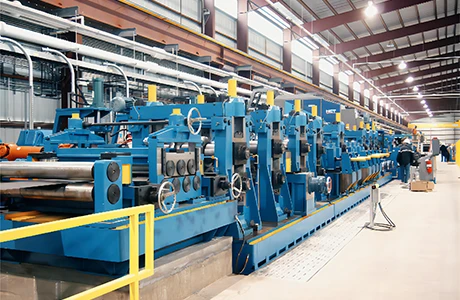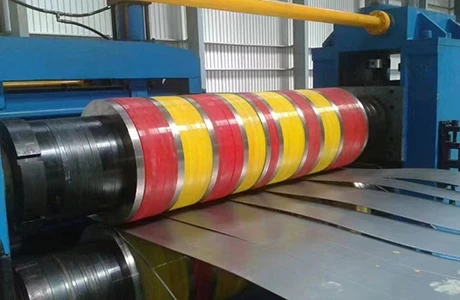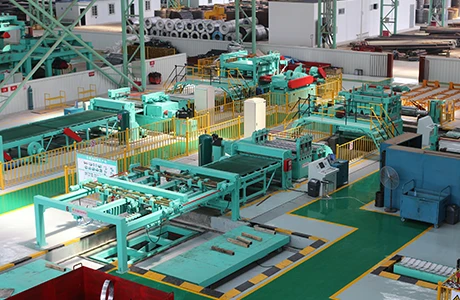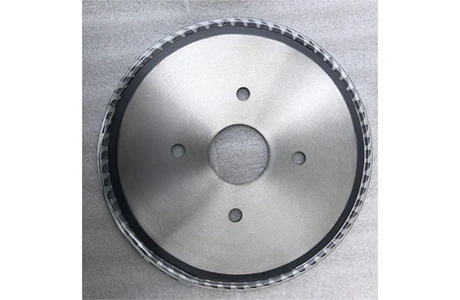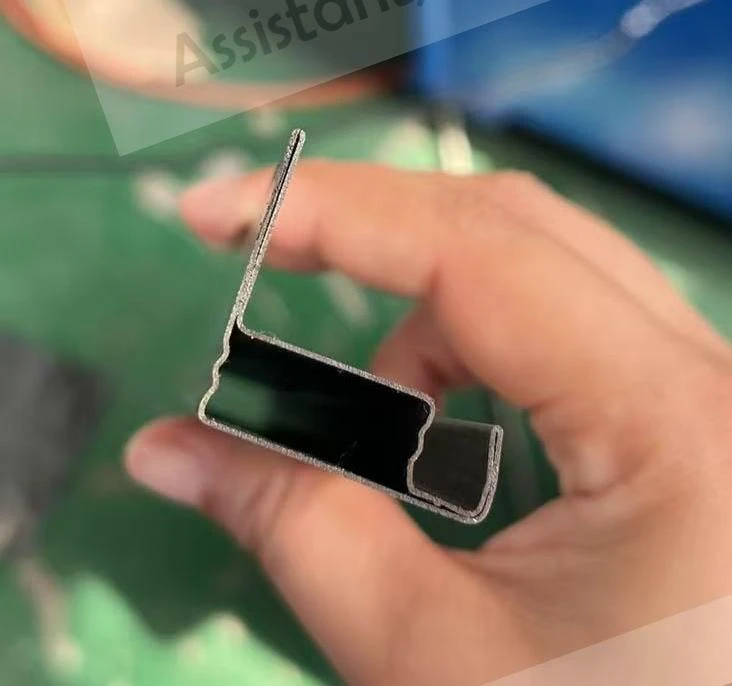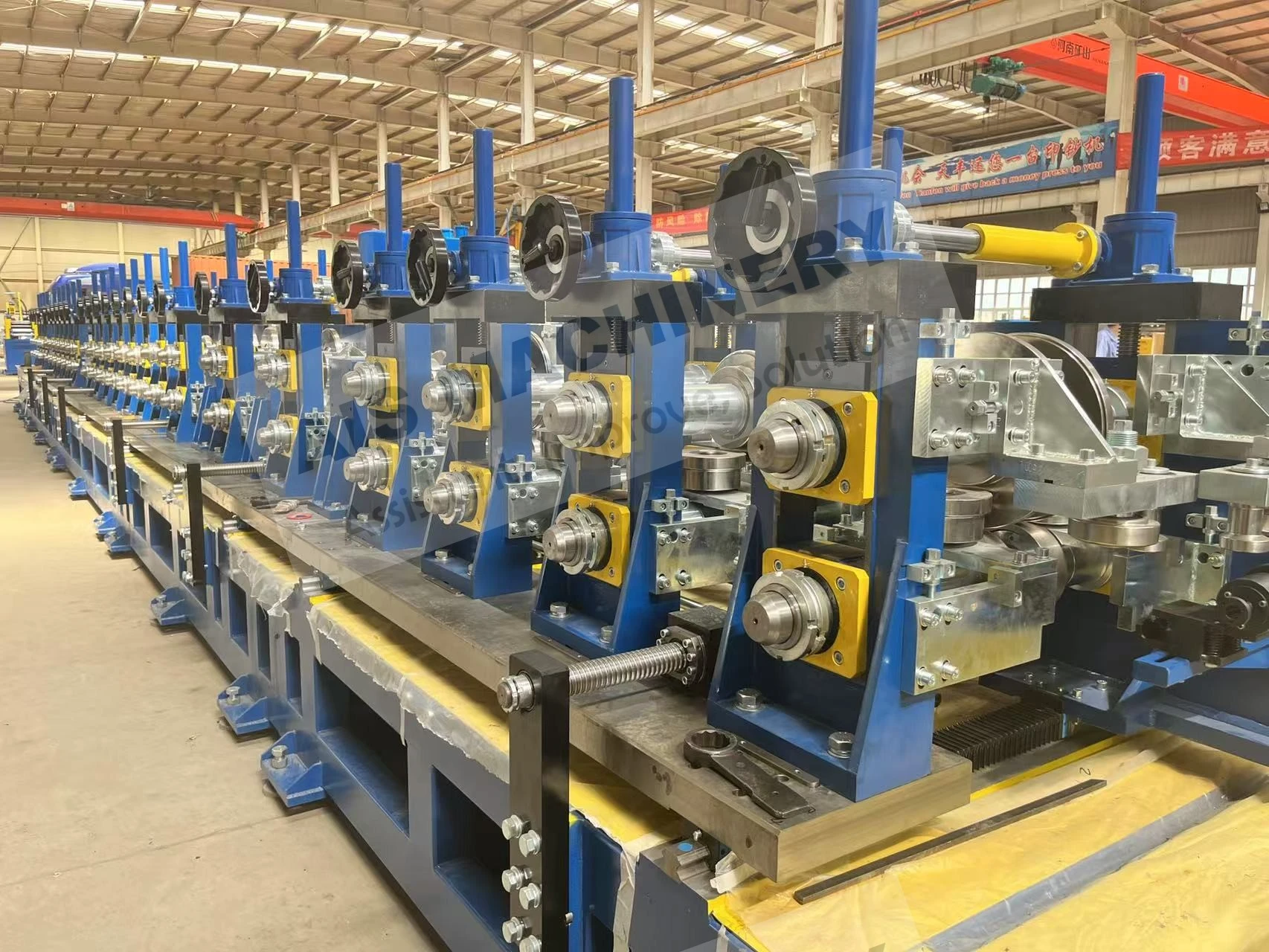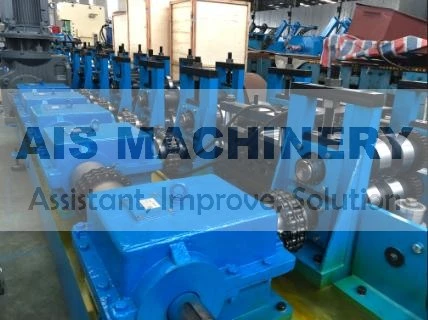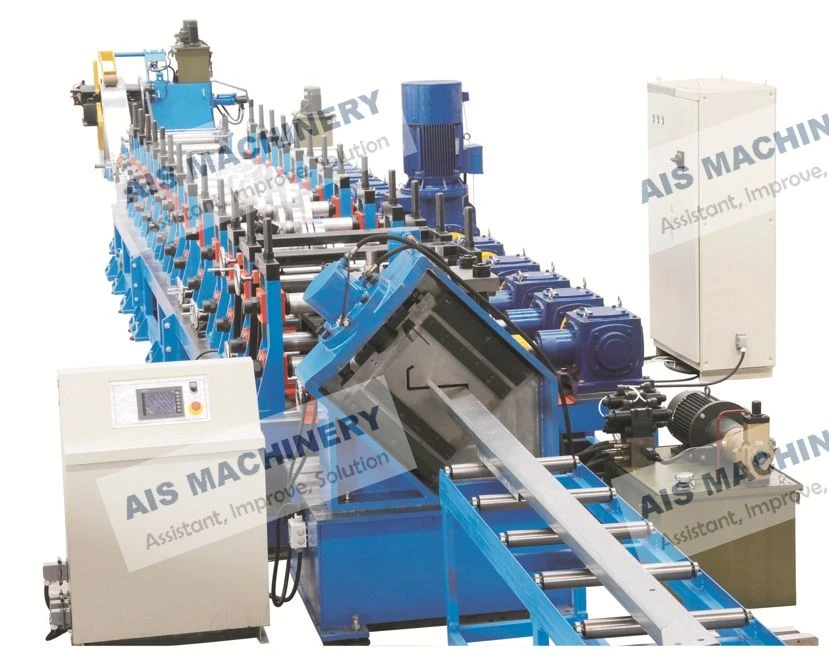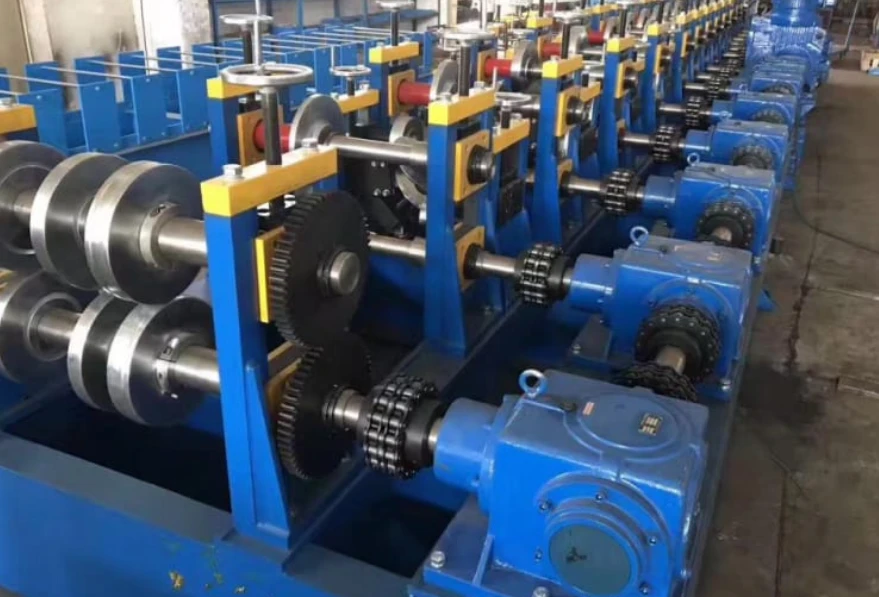-
 Tel:86-15176910262
Tel:86-15176910262
-

Search
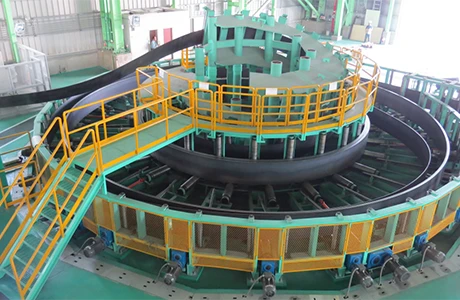
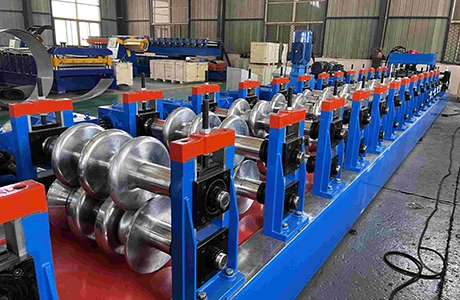
Cold Roll Forming Machine
Cold Roll Forming Equipment is an efficient machine used to forming steel strips or plates into the required profiles through continuous cold processing. The equipment uses precision forming rollers to gradually shape the steel material, widely applied in the production of C-shaped, U-shaped, Z-shaped structural profiles. To meet different customer needs, the equipment can be equipped with a hydraulic punching unit, supporting servo tracking punching and cutting, ensuring high speed and precision. The equipment features a Siemens PLC control system and Schneider electric components, ensuring system stability and reliability while meeting international certification standards such as CSA, ISO, and CE. Its outstanding performance makes the cold roll forming equipment widely used in construction, support frameworks, and other structural components, providing high-strength and precise profiles.
What Is Cold Roll Forming?
Cold roll forming is a metalworking process used to shape metal strips or coils into specific profiles and sections without the application of heat. The process involves feeding a flat metal strip or coil through a series of rollers that progressively shape the material into the desired form. Unlike traditional hot rolling, where metal is heated to high temperatures, cold roll forming is performed at room temperature. This allows the material to retain its inherent properties, such as strength and hardness, while achieving high precision and a smooth finish. The primary advantage of cold roll forming lies in its ability to produce complex shapes with tight tolerances and excellent dimensional accuracy, making it suitable for a wide range of applications.
During cold roll forming, the metal strip or coil is uncoiled and fed into the machine, where it passes through multiple sets of rollers. Each set of rollers is designed to perform a specific function, progressively bending and shaping the metal into the desired profile. The process is continuous, meaning the material is formed without interruption, allowing for high-speed production. As the metal moves through the rollers, it is gradually transformed into shapes such as angles, channels, Z-bars, and other custom profiles. The rollers are carefully designed to provide consistent shaping, ensuring that the final product has precise dimensions and uniformity. One of the key features of cold roll forming is its ability to create profiles with varying cross-sectional shapes, which can be customized for different applications. The process is capable of producing parts with complex geometries, such as structural beams, door frames, and roofing panels, making it ideal for industries such as construction, automotive, and manufacturing.
Cold roll forming also offers significant advantages in terms of material efficiency. Since the process involves continuous shaping, it generates minimal waste, making it a cost-effective solution for mass production. Additionally, cold roll forming improves the material's strength through a phenomenon known as strain hardening. As the metal is progressively deformed, its internal structure becomes more compact, resulting in a stronger and more durable product. This makes cold roll forming particularly well-suited for producing high-strength components that need to withstand heavy loads or harsh conditions.
Another advantage of cold roll forming is its ability to produce parts with excellent surface finishes. Since the process is performed at room temperature, the metal retains its surface quality without the risk of oxidation or scaling, which can occur during hot processes. This results in a cleaner, smoother finish that often requires minimal post-processing, reducing both time and costs.Cold roll forming machines can be highly automated, with many modern systems incorporating computerized controls that allow for precise adjustments and monitoring throughout the production process. This automation enhances production efficiency and ensures consistent quality across large production runs. Furthermore, cold roll forming can be combined with additional operations, such as punching, cutting, or welding, to further streamline the manufacturing process and create finished parts with minimal handling.
Cold roll forming is a versatile and efficient manufacturing process that provides high-quality results with minimal material waste. Its ability to produce complex, high-strength components at high speeds makes it an essential method in various industries, from construction and automotive to heavy manufacturing and beyond.
What Type Of Steel Is Cold Rolled?
Cold-rolled steel is a type of steel that has undergone a process of rolling at room temperature, typically below its recrystallization point, which is usually around 1,000°F (538°C). This process gives cold-rolled steel its smooth surface, tight tolerances, and enhanced strength compared to hot-rolled steel. The steel begins as hot-rolled material, which is then passed through rollers at room temperature, resulting in a product with superior surface finish and dimensional accuracy.The key characteristic of cold-rolled steel is its improved surface quality. The steel is smoother, with fewer surface imperfections such as scale, which are often present in hot-rolled steel. This makes it ideal for applications where appearance and finish matter, such as in the production of appliances, automotive parts, and precision machinery. Additionally, cold-rolled steel tends to have higher tensile strength and better mechanical properties than hot-rolled steel, which makes it suitable for applications that demand durability and resistance to wear.
Cold-rolled steel is available in various grades and alloys, and the specific type of steel used can vary depending on the application. Some common grades include mild steel, high-strength low-alloy steel, and stainless steel. The alloy content and carbon content of cold-rolled steel are crucial in determining its properties. Mild steel is typically low in carbon and is easy to form, while high-carbon steel is more rigid and strong. Alloyed cold-rolled steels, which include elements such as chromium, nickel, and molybdenum, offer increased corrosion resistance and strength, making them ideal for more specialized applications.
The cold-rolling process also results in a material that is more precise in dimensions, which is essential for many applications where tight tolerances are required. This precision allows manufacturers to create components that fit together with minimal need for further processing. Cold-rolled steel can be used in a wide range of industries, from construction and manufacturing to automotive and aerospace.
In terms of appearance, cold-rolled steel typically has a shiny and smooth finish. This finish not only adds to the aesthetic appeal of the material but also helps in the application of coatings such as paint, galvanization, or powder coating. Cold-rolled steel is often used in the production of metal parts that will be further processed, as its improved surface finish helps in achieving better end results.Cold-rolled steel can be used in a variety of applications, including structural parts, household appliances, and even in the production of precision tools and instruments. Its combination of strength, durability, and finish makes it a preferred choice for many industries. Additionally, its ability to be further processed, such as through welding, cutting, or machining, makes cold-rolled steel a versatile material in manufacturing.
Send a Message
Dear customer, thank you for your attention! We provide high-quality machinery and equipment and look forward to your orders. Please inform us of your needs and we will respond quickly!

